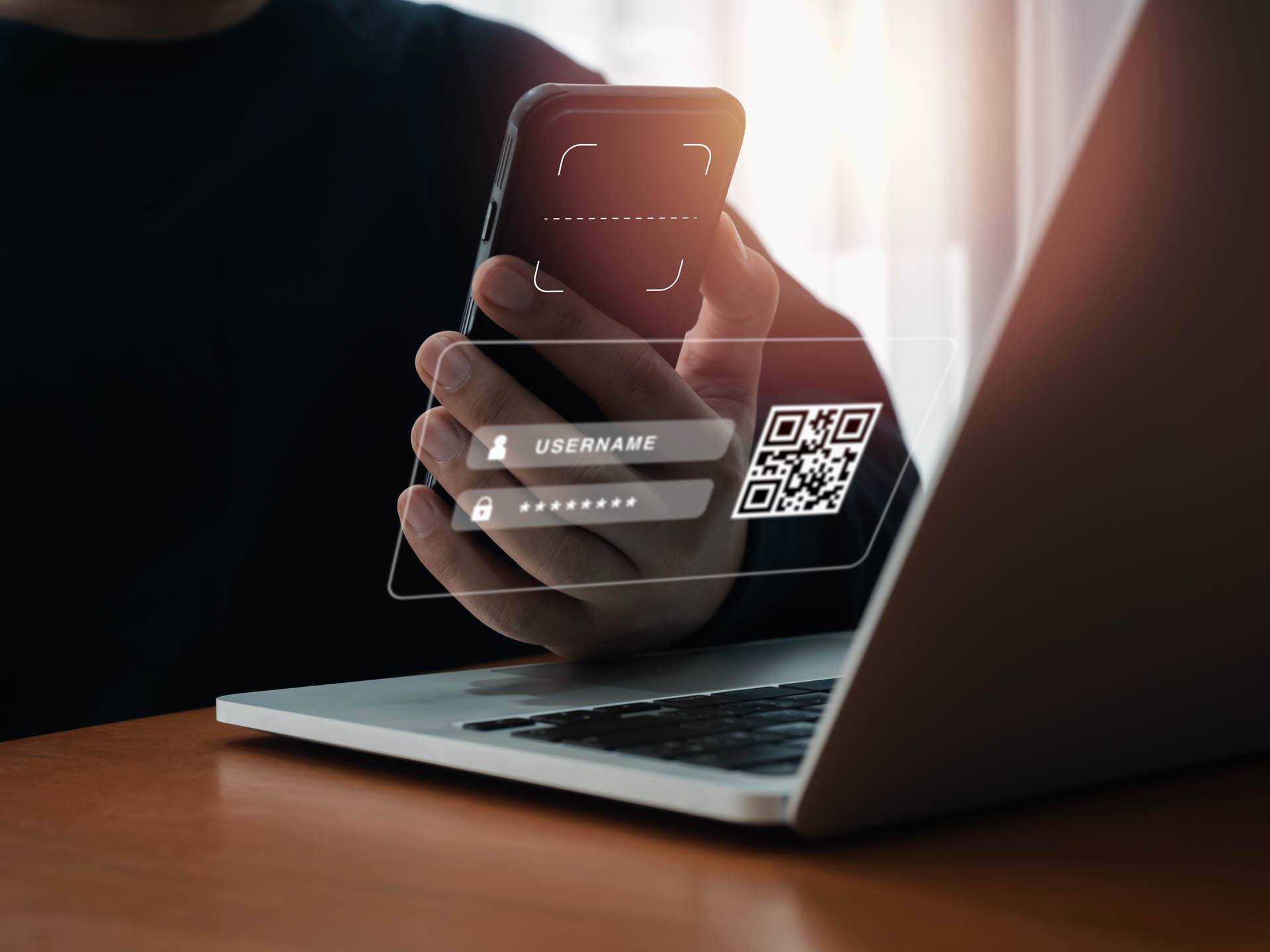IoT Security
Securing IoT implementations.
Mitigating threats and attacks.

Rethinking security challenges.
Obviously, your IoT solution needs to be secure, but when most people think of “secure,” they may not be considering everything that must be kept safe. Device security is essential, but in a typical solution, IoT security must extend far beyond that.
Access Control
Access control is a universal security concept, allowing only authorized users and, at more granular levels, controlling what they can do within particular software and hardware environments. Any proper implementation controls access with comprehensive user management capability.
Encryption
Encryption should be at the core of every IoT application, aspiring to a state where there is full encryption of all data in storage and during transmission. Popular methods include Advanced Encryption Standard (AES) and Transport Layer Security (TLS).
Key & Certificate Management
Every device needs a key, which is a trusted, verified, unique identity. A certificate includes information about the key, the owner’s identity, and the entity’s digital signature that verifies the certificate’s contents. IoT security administrators should be able to recover certificates and keys that are no longer operational for business purposes, analysis, and – in some cases – for forensics.
Device Security
Device security begins with enrollment and continues with maintenance and the ability to update device software securely. New releases, patches, etc., often contain fixes for security gaps or updates to protect against new threats. The quick and efficient application can mean the difference between minor problems and full-blown compromises or failures.
Authentication
Authentication is verifying that someone (or something) is who (or what) they claim to be, and then granting access to resources by issuing a “token.” This preserves the user/client’s identity, removing the need to store a user password, and avoiding the transmission of any reusable credentials.
Auditing
Periodic audits of security effectiveness and processes from a hardware and software perspective help detect gaps and keep security in focus.
Alerting
Throughout the entire hardware and software environment, alerts should notify about specific activities and alarm when activities fall outside established policies. Top IoT applications provide full visibility to alerts with the ability to look at groupings, geographies, and other summary data to assess the scope.
